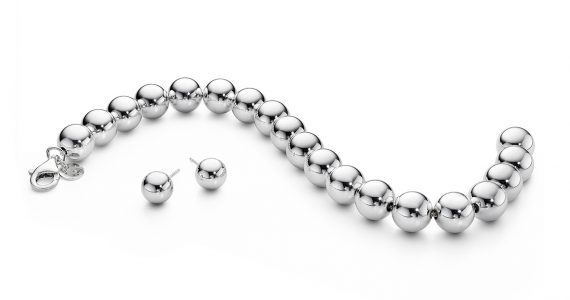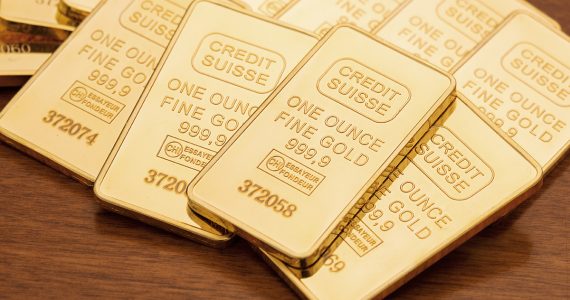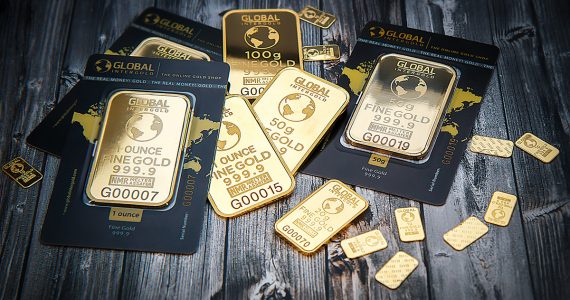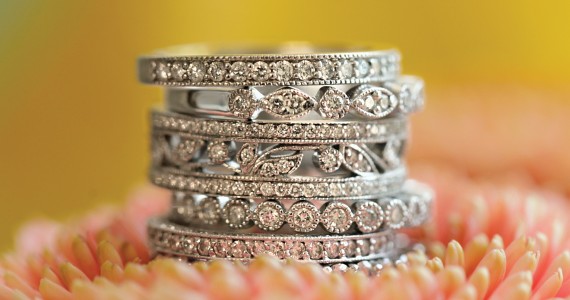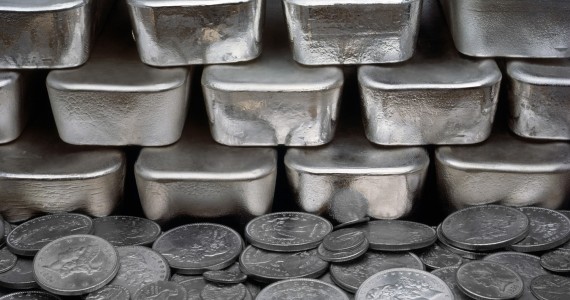Most people who own a computer, tablet or smartphone will have heard of lithium, and why not as most of these devices use lithium ion batteries. Those in the medical field are also familiar with lithium since it is used to calm patients in straitjackets. But there is a lot more to lithium than you may realize.
Lithium Properties and Characteristics
Lithium alkali is a soft and light metal, with a silvery whitish color. It is the lightest metal and solid element currently known, and it’s soft enough to cut with a knife. Recognized by its symbol Li, this metal can be isolated by combining lithium chloride and potassium chloride.
This is isn’t a naturally occurring metal and is instead extracted from pegmatitic minerals and petalite. Lithium is also found in lakes, rivers and oceans due to its soluble nature. If you chop this metal it will appear metallic, but this won’t last long as the metal will turn gray due to air. Its color will eventually turn black if it is left too long in the air.
Use in Batteries
The surge in popularity of computers and electronic devices led to increased demand for lithium use in batteries. There are two reasons why this metal is sought after: the high charge and low atomic mass.
There are many types of lithium batteries, but a typical ion cell yields up to 3 volts. Compared to a regular lead acid battery which is good for only 2.1 volts, this makes a huge difference. This is the reason why lithium ion batteries are superior to zinc carbon cells.
Lithium batteries are also superior to lead acid batteries, and the fact that they’re rechargeable is another advantage. Anyone who’s used a computer or mobile device you know how convenient it can be to recharge.
The same recharging process used on electronic gadgets is also used in electric cars. By using lithium you can charge it like a mobile phone. Today you’ll be hard pressed to find mobile devices that don’t use lithium ion batteries, a testament to how effective they are.
The Future of Lithium
The demand for lithium remains bright due to the high demand for these batteries. Along with the surge in sales of computers and mobile devices is the need for long lasting rechargeable batteries.
Analysts also point out that the trend for eco-friendly products will continue, and that is good for lithium. With growing concern over pollution by caused fuel, the electric car is expected to gain in popularity the coming years.
Since electric cars are powered by lithium ion batteries, there seems little doubt that lithium will see an increase in use. It is possible that manufacturers will look for other types of batteries, but for the years ahead it looks like lithium will be the top choice.
Medicinal Use
Lithium was once used to treat individuals with epilepsy back in the 18th century, but it was only during the early 1900s that doctors began to seriously consider lithium as a means to treat people with mental disorders.
Several studies have been done and proven that lithium is one of the better treatment options for bipolar disorders. What researchers have determined is that lithium reduces the panic attacks, mania and anxiety.
For a long time doctors weren’t sure what was happening, but apparently, lithium has a calming effect on the central nervous system. By administering lithium, your mood improves and lightens.
According to the studies, lithium directly influences the central nervous system, and that is why it is effective when it comes to calming the mind and enhancing the mood. Lithium also fortifies the body’s nerve cells, which is good for your mental health. This is also the reason why some brain booster products include this in the ingredients list.
Metallurgical Applications
Lithium is also used in metallurgy, in particular as an additive. It is also used in aluminum smelter and can also be used as a soldering or welding flux. The main reason it is used is that lithium absorbs the impurities.
Grease Lubrication
One of the widest uses of lithium is lubricating greases. By heating fat and lithium hydroxide it will generate lithium stearate, a soap that serves as an oil thickener and all around lubricating grease.
Glass and Ceramics
Lithium oxide is frequently utilized as flux for manufacturing silica. By using lithium oxide it becomes possible to minimize the viscosity and lower the melting point. This makes it possible to enhance its physical features and bring down the coefficients. This process is also good for ovenware glazes.
Conclusion
Lithium may be best known for being a battery, but it’s actually capable of a lot more. From electronic devices to aircraft to medication, there is no denying the fact that lithium will be here for a while.


